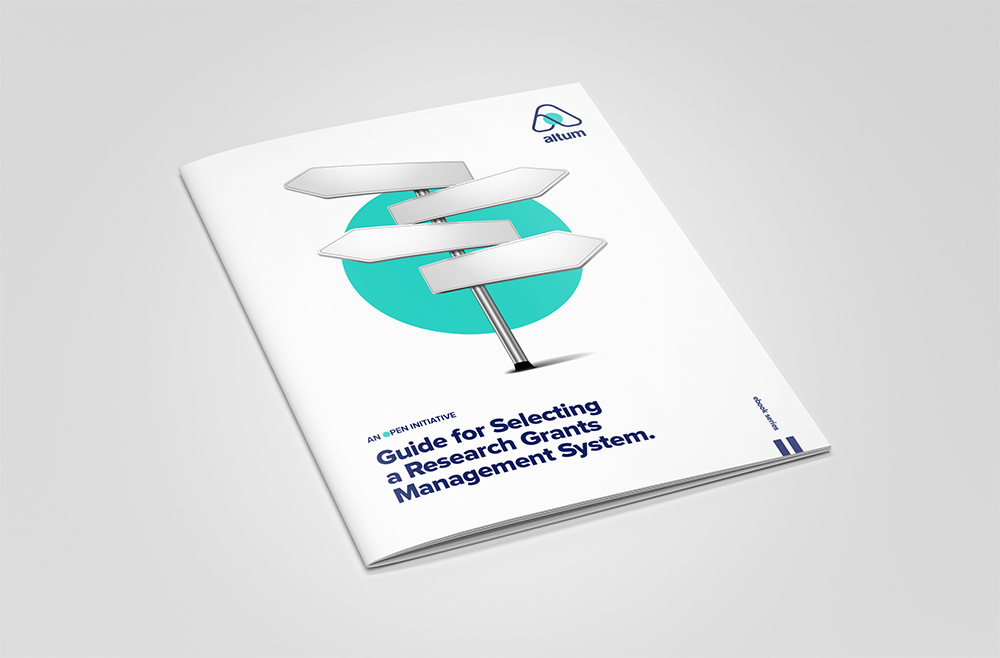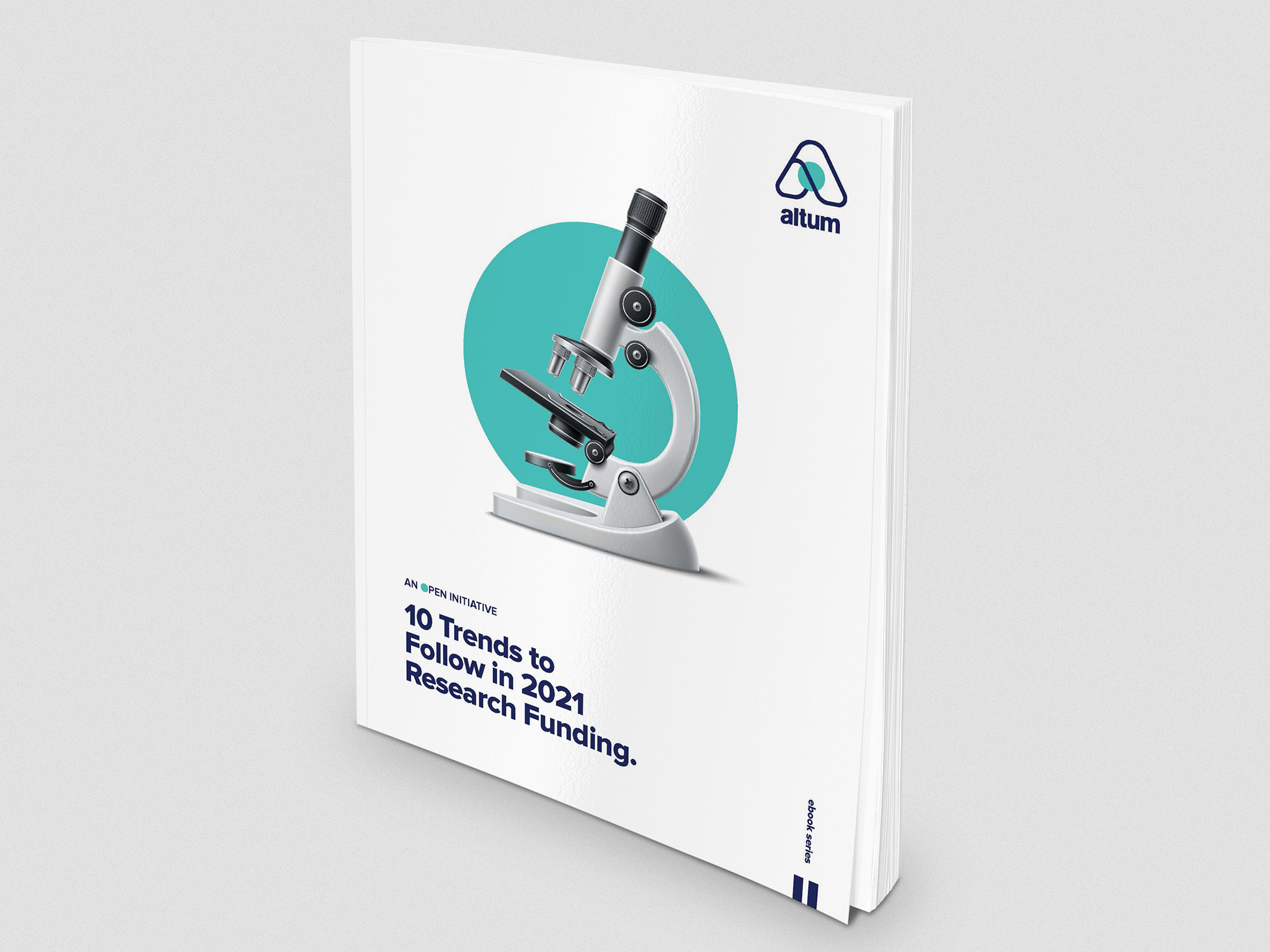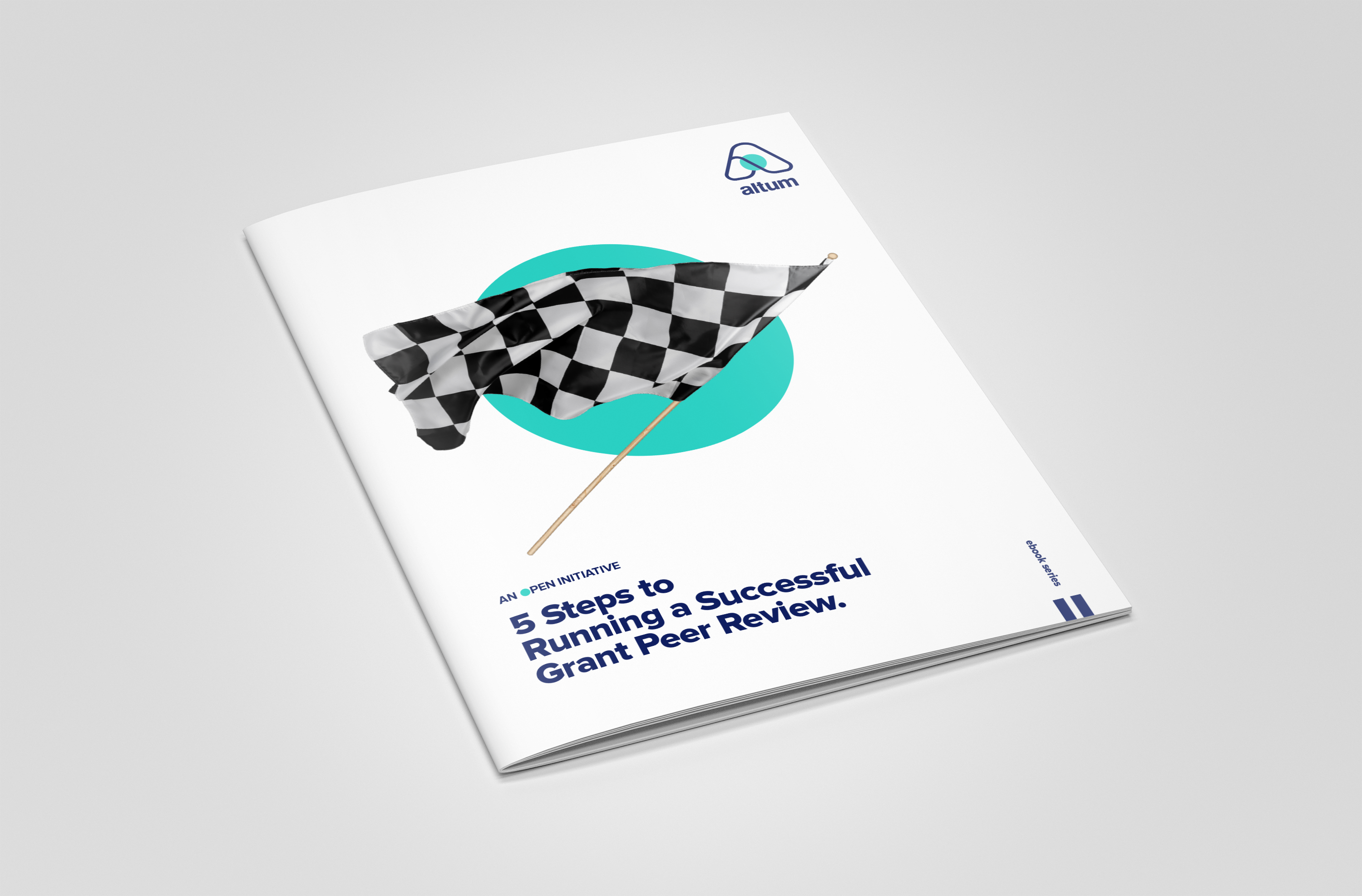2. Leverage data to determine trends beneath the surface
With research, at the time of an initiative receiving funding, it’s impossible to know what the exact outcome will be. While all parties hope for the best, research is about testing ideas and asking questions. For this reason, measuring impact requires more than a fixed analytical model for quantifying key performance indicators (KPIs).
For example, the Altum platform makes it possible to build reports based on keyword topic clusters. With this capability, grantmakers can develop reports that compare and track the performance of programs over multiple years. These analyses typically include contextual data including expenditures, publication data, and progress reports. Grantmakers also gain the benefit of being able to track researchers over the long-term.
Grantmakers can analyze details beneath the surface of an application, abstract, award, or publication. The idea is to be able to identify outcomes earlier and uncover insights that might have otherwise remained undetected. These untold stories will surface opportunities to:
- Capitalize on discoveries earlier in the research lifecycle and communicate these “quick wins” to your board and constituents
- Uncover new funding areas with breakthrough potential
- Find new researchers to expand the pool of potential awardees
- Identify other grantmakers with similar interests – opening the door to collaboration and/or avoiding redundant funding





